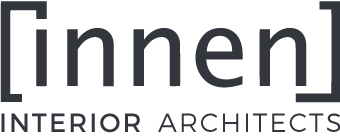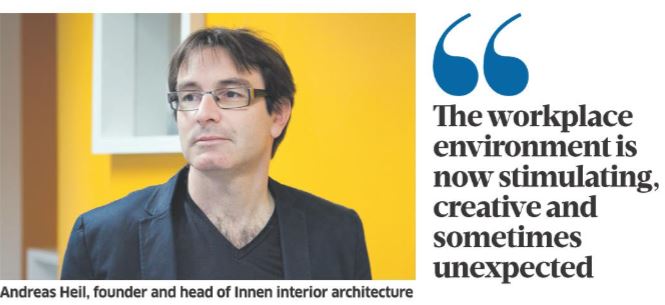Below excerpts of Andreas’ interview with Tina-Marie O’Neill , Property Editor of the Sunday Business Post, which featured on the front page of Property Plus on 21.01.2017.
DESIGNER OFFICES –
Companies that want to give their offices an identikit Google-esque makeover should be aware that it doesn’t work for everybody, according to design expert Andreas Heil.
“Google started the office interiors conversation in Ireland. Before that, when I first arrived here 17 years ago, offices were pretty boring and bland,” said Andreas Heil, founder and head of Innen interior architecture, which won the Designer of the Year category at the 2016 Fit Out Awards last November. “There are now two general approaches to office design. One is a sustainable, sensible approach; the other I call a lipstick, or cosmetic, approach, which might be inspired by what people see in almost every large multinational tech company operating today. “Google’s influence has been profound in that it has entered the interior design and fit-out lexicon. I have had people ask me to ‘Google’ their office, but what works for one company won’t necessarily work for another. If a company doesn’t have that fundamental free spirit type of ethos, hiring a designer to force or create an atmosphere of openness or collaboration won’t achieve the result the company aspires to. “It’s deeper than following trends or decorating with this year’s colour palette. There’s a bit of spatial awareness, behavioural psychology and experience involved.” Heil offers two recent examples of paradoxical fit-out requirements.
First is CurrencyFair, an online peer-to- peer currency exchange marketplace headquartered in Dublin and which Heil describes as a young, vibrant, fin-tech company. The inclining, curved wall partitions, on which the staff could cluster or sit at one end and stand at the other using the wall as a writing/ideas board, was a design born out of necessity, was embraced immediately by the staff. “Ultimately this fresh approach echoed the pioneering culture of the client’s organisation. It led to a playful but coherent design, without falling into the trap of becoming too gimmicky – form followed function and flow of space rather than being self-serving,” said Heil. The offices also have chill-out zones and incidental spaces where people can meet, chat and develop ideas in an in- formal setting. “It’s hard to measure soft knowledge exchanges, but there are certain things you can’t force, like scheduled brain-storming around a boardroom table. At the same time, our work has never been more measurable: KPI [key performance indicator] productivity levels can’t be faked, but it takes a certain type of employer to embrace the idea of creating informal, ‘watercooler’-type spaces,” said Heil.
The second client company he describes is an accountancy firm in Sandyford, where the fit-out required a calm, mature approach. “Everything about this company is based on trust between it and its clients. There is a real professional feel, from the moment you enter the building and are greeted by a well-presented and polite receptionist. It’s about self-portrayal and needed to say: we are settled, established and there is nothing risky about us. Tat office required formal spaces and a generous boardroom. So it’s horses for courses, and each project has to be approached with a fresh eye,” said Heil.
Back at Innen, Heil said: “The nature of the workplace environment has changed utterly in the past number of years. It has moved from being an entirely functional – almost soulless – place, to one that’s stimulating, creative and sometimes unexpected. The new workplace encourages team-building, collaboration and increased productivity. Importantly, it also serves to reflect a company’s culture. “Unlike before, consideration is now being given to the lived experience of how employees will interact with the many aspects of workplace design. And in the midst of an office boom in Dublin, it’s essential that Irish business gets its interior spaces right – it’s all about imagination.
Innen specializes in hospitality, retail, residential, healthcare and community commissions. As well as working on his own projects, Heil regularly collaborates with other architects on specific ones. Among some of these collaborations were the re-design of the Morrison Hotel, Dublin, and the newly-built Sheraton Hotel in Athlone. His advice is to avoid pinning your flag to one hard style, trend or sector. “I have an extensive background in hotels and residential, but I’m not pigeon-holed. Designing hotels for ten years can also get boring. Everything starts to look similar and looks begin to echo themselves. To that end, i also lecture part-time on the four-year interior design course at Griffith College, and I find that really refreshing. It’s a cross-sector. You’re working and interacting with young people. Students have no inhibitions , no fears.”
Internationally, Heil is currently the interior designer for a new build, high- end private residence in Surrey in Britain. He has also developed a concept design for the new Russian headquarters of Raiffeisen Bank in Moscow in collaboration with KADdesign, Moscow.
”While Google has raised the bar to a standard that can’t be turned back, some of it is thoughtful, but some of it is cynical too.” he said. ”The age of Pinterest has changed the business. Client expectations have changed, but so too have staff expectations. Companies are all competing for the same people, and not just in the technology sector.
“Dublin is an international city. Companies have to offer a good package in terms of both salary and benefits. A company’s ethos has to be transparent and staff need to know they can let their career grow and develop. The design of the space is another piece of that jigsaw.”
Heil cites CurrencyFair again as an example, in that the firm’s latest recruitment drive includes a video shot inside its new, Innen-designed headquarters showing potential staff the office environment as another way of enticing them to apply.
”There is constant debate about office design, which is a good thing as it should always be evolving,” said Heil. ”The BBC Capital website recently had an article debating open-plan versus cellular office space. It suggested that just because we are all sitting in the same space, it doesn’t mean we are collaborating. And if we are all in the same space, why do we need to have a meeting in the boardroom at 10am? What are needed are a variety of spaces with a degree of privacy in some. Open plan can be quite noisy and distracting.”
“On the other hand, open plan is good for young people, because it lets them observe how business is carried out and how to conduct themselves in an office environment. In essence , though, the concept of open plan started as bums on seats in expensive floor space. It had nothing to do with collaboration or innovation. “In fact, I was brought in as a consultant on one project in which the chief executive had decided to get rid of her cellular office and sit out on the floor with the staff. The office dynamic and environment changed completely. Colleagues felt they couldn’t be themselves, couldn’t speak openly and felt self-conscious, inhibited and perhaps even a little paranoid. “It just didn’t work for that company, which brings me back to the start – you can’t force a style or trend. Creating a successful office space and environment takes a little more than that. “We spend more time in the office than at home. If you’re not comfortable in your office/workplace/station for eight hours, you’re not yourself and you won’t give your best.”


